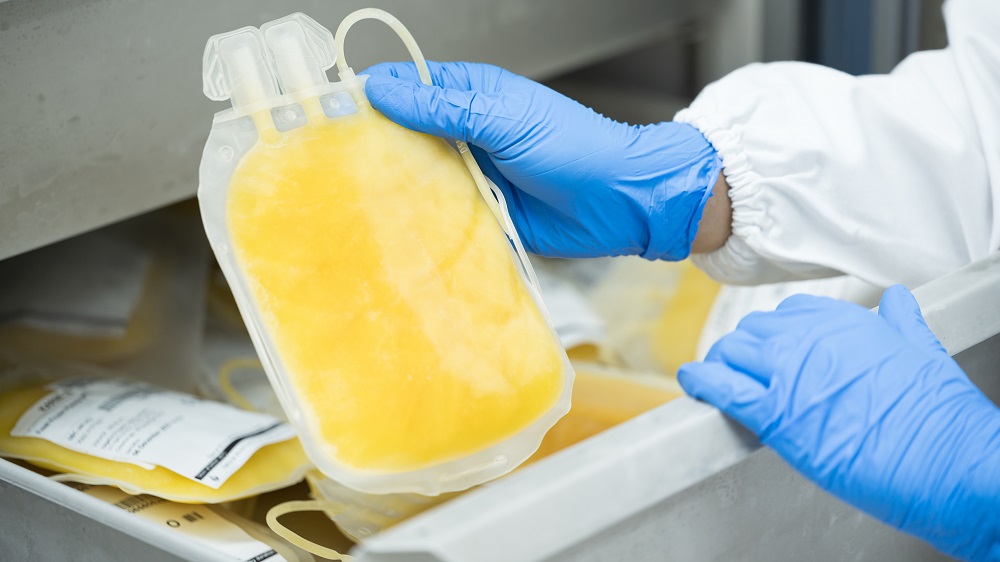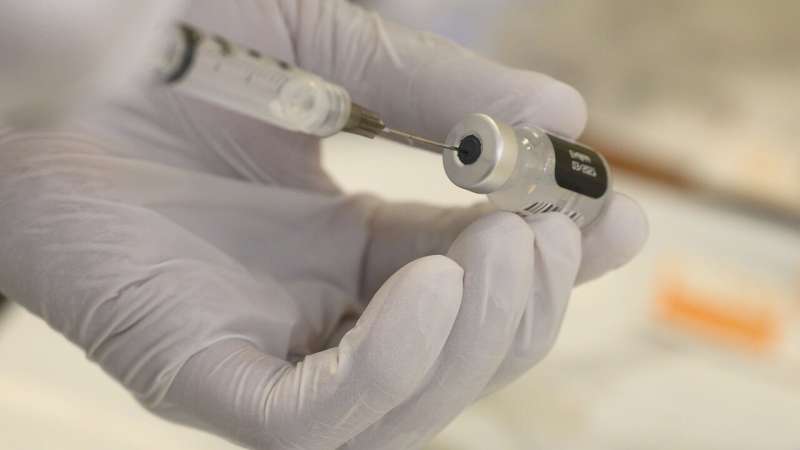Recent advancements in biomedical technology have led to the development of microneedles that facilitate rapid and minimally invasive biomarker detection. This breakthrough is particularly noteworthy for glucose monitoring, a common necessity for individuals managing diabetes. A study published in Microsystems & Nanoengineering by researchers from the University of Southern Queensland, Australia, presents a novel approach that employs micro-vibration assisted dual-layer spiral microneedles for interstitial fluid (ISF) extraction.
Background
The extraction of ISF has posed significant challenges in the medical field. Traditional methods, including suction blisters and sonophoresis, not only require lengthy procedures but also compromise the skin’s integrity, leading to discomfort and potential complications.
Microneedles (MNs) have emerged as a promising alternative to these conventional methods, offering a less invasive route to access ISF. However, the efficiency of existing microneedle technologies has been hampered by their low extraction volumes and extended extraction times, usually taking between 10 to 15 minutes to retrieve a minimal amount of fluid. This highlights an urgent need for innovations that can expedite ISF extraction and improve patient experiences.
Innovative Design of Microneedles
This study showcases two types of spiral-shaped swellable microneedle arrays:
- Gelatin Methacryloyl (GelMA) and Polyvinyl Alcohol (PVA)
- Polyvinylpyrrolidone (PVP) and Hyaluronic Acid (HA)
Both types of microneedles exhibited remarkable swelling ratios of 560 ± 79.6% for the GelMA/PVA array and 370 ± 34.1% for the PVA/PVP/HA array, demonstrating their ability to absorb ISF rapidly.
Micro-vibration Technology
A key innovation in this research is the development of a custom Arduino-based applicator that generates micro-vibrations at frequencies ranging from 50–100 Hz. This technology significantly enhances the penetration efficiency of the microneedles, facilitating their ability to uptake ISF more effectively.
Table 1 below summarizes the extraction capabilities of these two types of microneedles as assessed through ex vivo tests on porcine ear skin:
| Microneedle Type | ISF Extracted (mg) | Extraction Time (minutes) |
|---|---|---|
| GelMA/PVA | 6.41 ± 1.01 | 5 |
| PVA/PVP/HA | 5.38 ± 0.77 | 5 |
Biomarker Detection and Implications
To validate the efficacy of these microneedles in biomarker detection, a mild heating procedure was implemented followed by glucose concentration determination through a D-glucose assay kit. The results affirm that the microneedles not only effectively extract ISF but also possess robust capabilities for glucose detection, thereby indicating their potential for minimizing the invasiveness traditionally associated with blood sampling.
“This study represents a significant advancement in the field of minimally invasive diagnostics. The combination of novel design and micro-vibration technology has the potential to simplify the way we extract and analyze biomarkers, making the process faster, more efficient, and less invasive.” – Dr. Zahra Faraji Rad, Lead Researcher
Future Directions
The innovative microneedles hold significant implications for point-of-care diagnostics, particularly for chronic conditions that necessitate frequent monitoring, such as diabetes. Their rapid ISF extraction could enhance patient compliance and comfort. Key areas for future research include:
- Expanding the range of detectable biomarkers beyond glucose.
- Optimizing microneedle materials and designs for various diagnostics applications.
- Developing additional micro-vibration methodologies for different microneedle configurations.
Conclusion
The development of micro-vibration microneedles represents a substantial leap forward in diagnostic technology, standing to revolutionize the methods by which health care providers monitor biomarker levels. As the feasibility and effectiveness of these microneedles are further validated, their implementation in routine diagnostics could transform patient care.
References
Khaled Mohammed Saifullah et al., Micro-vibration assisted dual-layer spiral microneedles to rapidly extract dermal interstitial fluid for minimally invasive detection of glucose, Microsystems & Nanoengineering (2025). Read more here.
Provided by Aerospace Information Research Institute, Chinese Academy of Sciences













Discussion